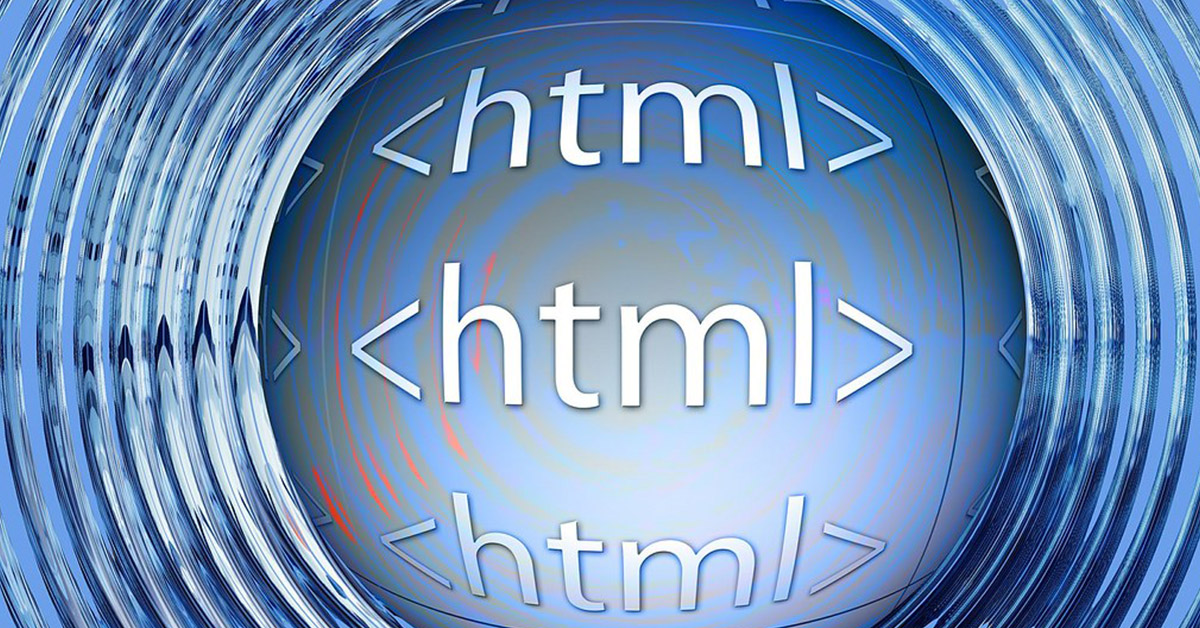Exploring the Features of HTML5
HTML5 allows for greater control over audio and video display without relying on browser plug ins. In addition to specifying markup, HTML5 specifies scripting application programming interfaces also know as APIs. The document object model (DOM) interfaces are also extended. Once you get comfortable with working with HTML5 you will approach your web authoring in a new approach. You begin to think of assets such as audio, video, and other content that can be pulled together to make a web page. HTML5 allows you to integrate more assets into a single document, all while keeping the integrity and separation of those assets. Taking it one step further, HTML5 bridges the gap between a traditional desktop browser and the mobile phone experience. If your design and functionality work on the desktop browser chances are it will perform on the mobile phone.
HTML5 in conjunction with CSS3 and tools such as jqery offers the flexibility needed for today’s modern web sites. Your text remains selectable and authors can easily update their sites. Think of it in terms of taking content from different sources rather than hosting your own content for pages. You can organize your page semantically and link to and even pull in content from other sites, using the semantics of that page. You can separate content from organization using more than just divs, but actual first-order elements for navigation and headers and footers.
The great thing HTML5 allows you to do is develop web sites and don’t have to worry if it will work on a mobile phone and tablets.
This is now the new DOC type for HTML5 is written. And that’s it!
This is the markup you would use to create a button using the <button>
tag <button type="button" onclick="alert('This is a button in HTML5')"<Click Me!</button>This concludes my very brief introduction to HTML5. Certainly there is so much more that you can explore on this subject. Expect more browsers to implement the new features of HTML5 in the near future. But don’t wait until then! Start to explore the new features of HTML5 today.
Subscribe to my feed for more articles and tutorials.

